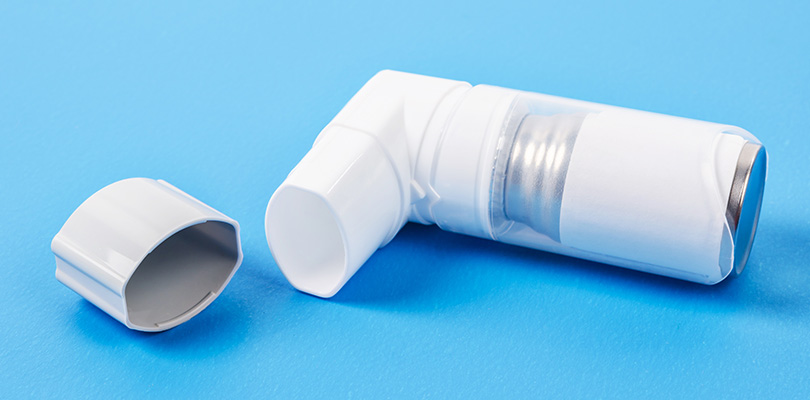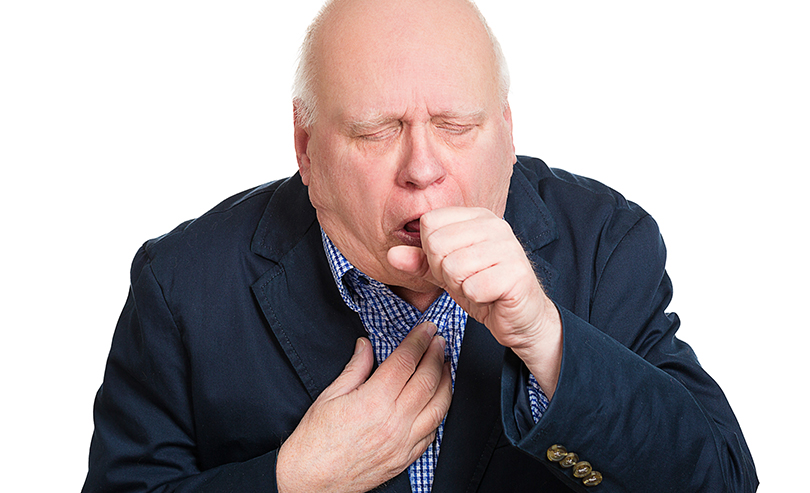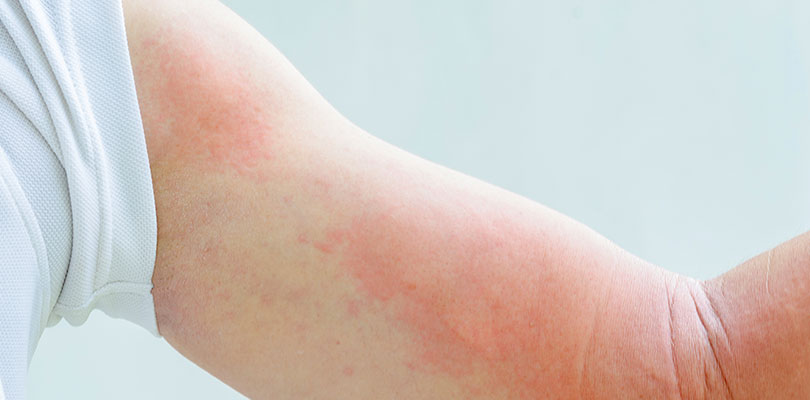Recognize Asthma Triggers
The fall months may mean hayrides, football games, and cooler temperatures. But for people with asthma, it can also mean an increase in asthma symptoms. Symptoms of asthma, such as coughing, wheezing, and chest tightness can become worse in the fall for a few reasons.
Fall may affect people with asthma due to the change in weather and the cooler temperatures. Colder weather may lead to irritation in the lungs, and constriction or narrowing of the airways.
But that’s not all. Fall allergens can also trigger asthma symptoms in some people. Ragweed, for example, is a common allergen that blooms in the fall. The pollen from ragweed can travel through the air causing an increase in allergy and asthma symptoms.
Mold is another common fall allergen. Although mold can occur any time of the year, in the fall, it can become especially problematic because the cooler weather can cause moisture, which leads to mold growth. As the leaves fall, it ramps up mold growth. The wet leaves may pile-up, and the mold spores can travel into the air.
The colder weather may make you want to stay indoors and cozy up to a warm fire. Spending more time indoors may mean you’re more likely to be around indoor allergens, such as dust and pet dander, which can also trigger asthma symptoms.
Tips for Dealing with Asthma in the Fall
During autumn, the perfect storm of allergens, including ragweed, mold, and colder weather, can lead to an asthma flare-up. However, there are several things you can do to cope with asthma in the fall, and decrease the chances of a flare-up.
Reduce indoor allergens: Since you may be spending more time inside, be sure to decrease indoor allergens as much as possible. Consider turning your air conditioner on to reduce humidity and recirculate the air. Control dust mites by frequently cleaning surfaces. If pet dander is a problem, have someone brush your pet often and don’t let your furry friend sleep in your bedroom.
Take allergy medications: If you have allergic asthma, it may be helpful to take allergy medication. Prescription and over the counter antihistamines may prevent allergies from leading to asthma flare-ups.
Use your fast-acting inhaler: If asthma symptoms increase in the fall, don’t hesitate in using your fast-acting inhaler. Even if you don’t usually have to use a quick-acting bronchodilator, carry your inhaler with you. The fall weather may trigger symptoms.
Get a flu shot: According to the Centers for Disease Control and Prevent, people that have asthma are at an increased risk of developing complications from the flu. Talk to your doctor about getting your flu shot every year. Another great way to decrease your chances of getting the flu is with frequent hand-washing.
Practice good health habits: Practicing good health habits will help keep your immune system strong, which may prevent you from getting sick. Even a cold can lead to a flare-up of asthma symptoms. Good health habits include eating a healthy diet with plenty of fresh fruits and veggies, along with lean protein and whole grains. Try to get at least 30 minutes of exercise each day. Shoot for seven to eight hours of sleep each night to keep your immune system working well to fight off any respiratory viruses.
Understanding how and when to take your asthma inhalers is vital to prevent the symptoms of asthma and manage asthma flare-ups.
Exercise indoors: Exercise is great for your body. But when the temperature drops, exercising outside may lead to bronchospasm in people with sensitive airways. In order to avoid this, try exercising indoors.
Avoid raking the leaves: If you are sensitive to mold, avoid raking the leaves. This is one chore that is better left to someone else. If you must rake the leaves yourself, wear a surgical mask; it will help keep mold spores out of your lungs.
Use a scarf when you’re outdoors: When you have to go outside on cold days, wrap a scarf around your nose and mouth to warm the air. Breathing in the warmer air may be less irritating to your lungs.
Decrease exposure to smoke: All types of smoke are bad for a person with asthma. In the fall, you may want to warm your hands at a bonfire or light your fireplace at home, but inhaling smoke can trigger asthma symptoms. Wildfire season also occurs in the early fall in some parts of the country. Pay attention to the air quality. If there is smoke in the air, wear a mask when going outdoors, and try to limit your time outside.
Recognize signs of an asthma exacerbation: It’s important to recognize the signs of an asthma exacerbation as soon as possible. Increased coughing, wheezing, and shortness of breath are all signs your asthma may be getting worse. If you are taking your fast-acting inhaler more often than what is normal for you, it’s also a sign that you may be experiencing an exacerbation.
If you do have an increase in asthma symptoms, talk with your doctor. You may need an adjustment in your asthma action plan to control fall asthma symptoms. Do not hesitate to seek immediate medical help if you develop severe coughing, have a bluish tint to your lips, or cannot speak in full sentences due to shortness of breath.







